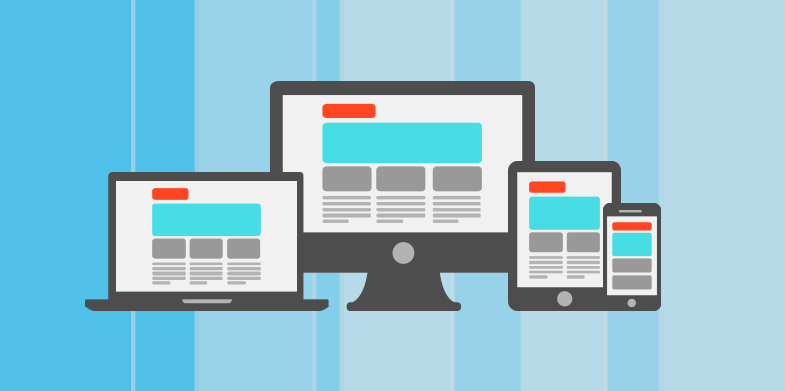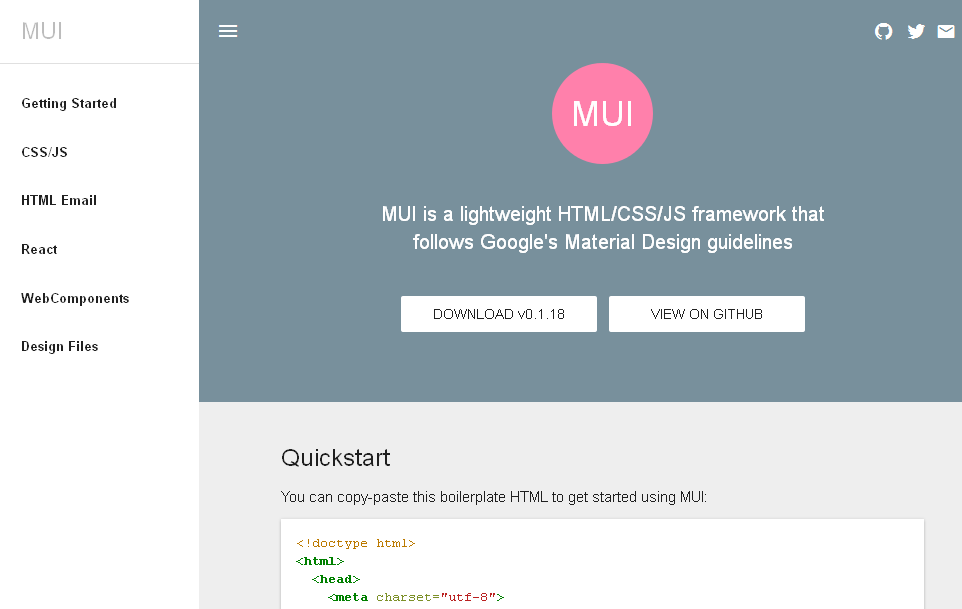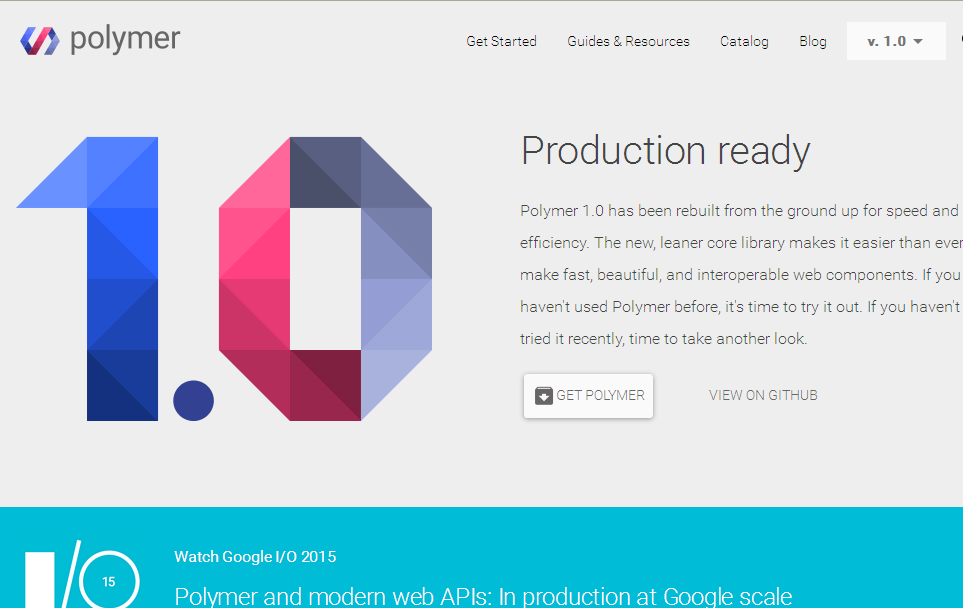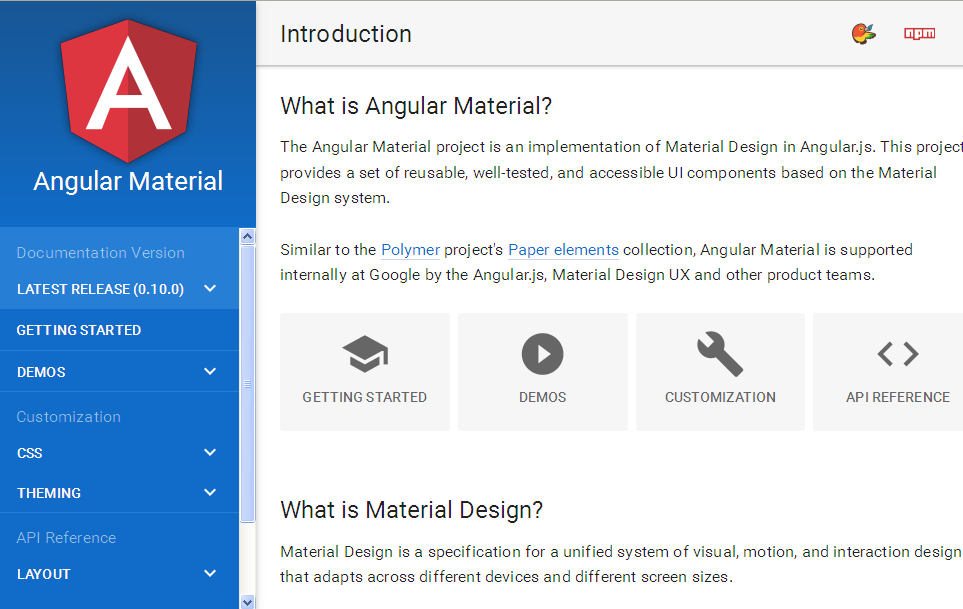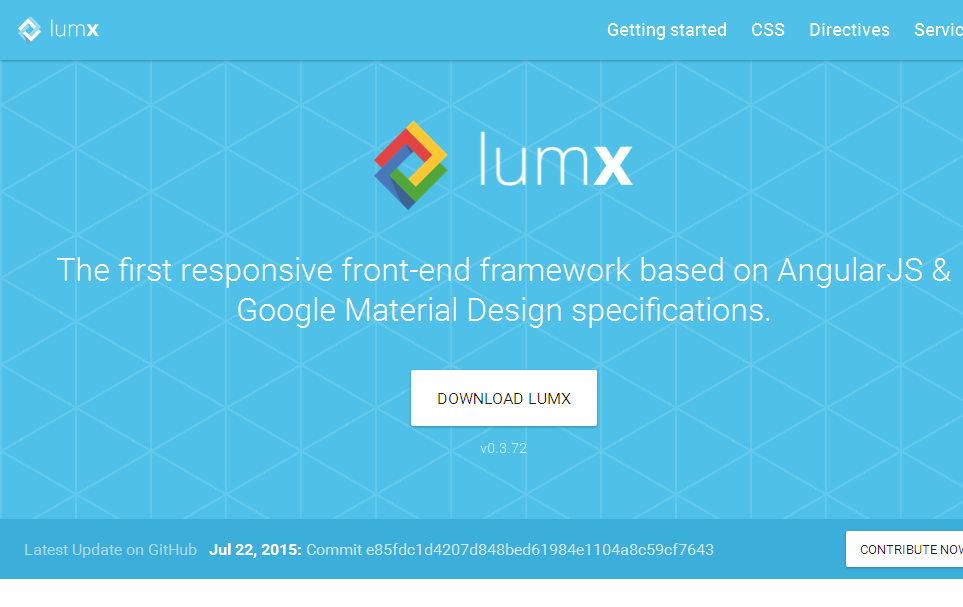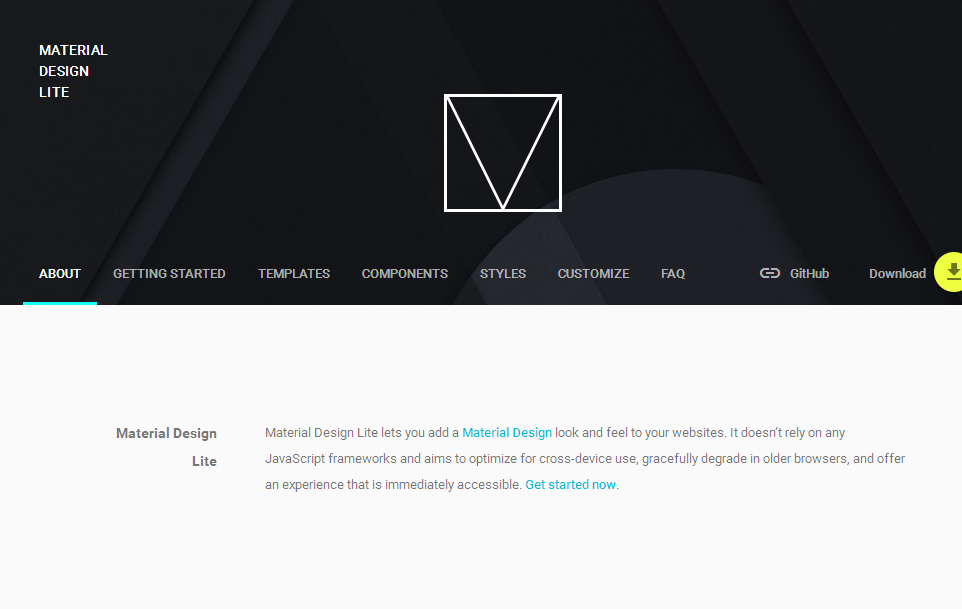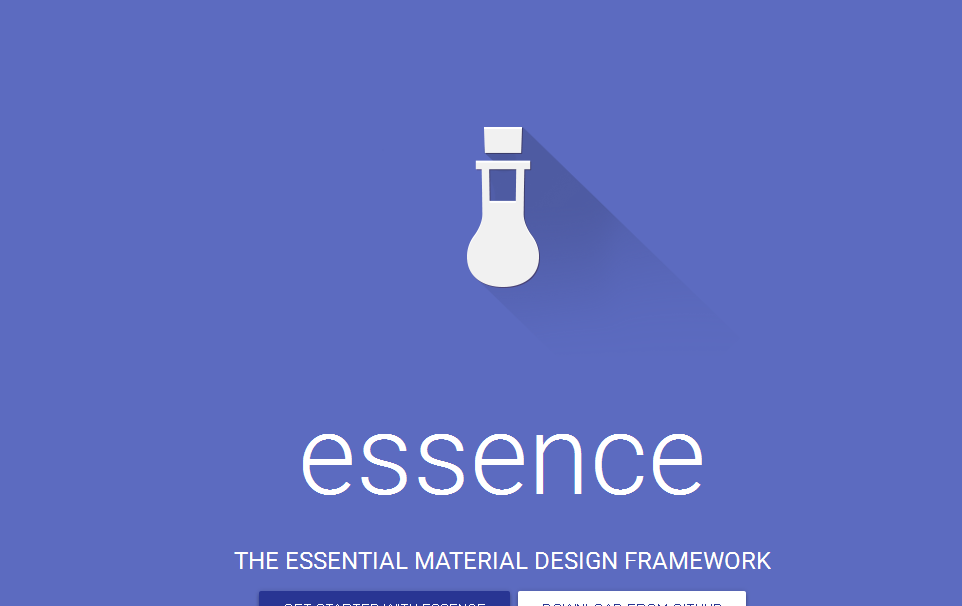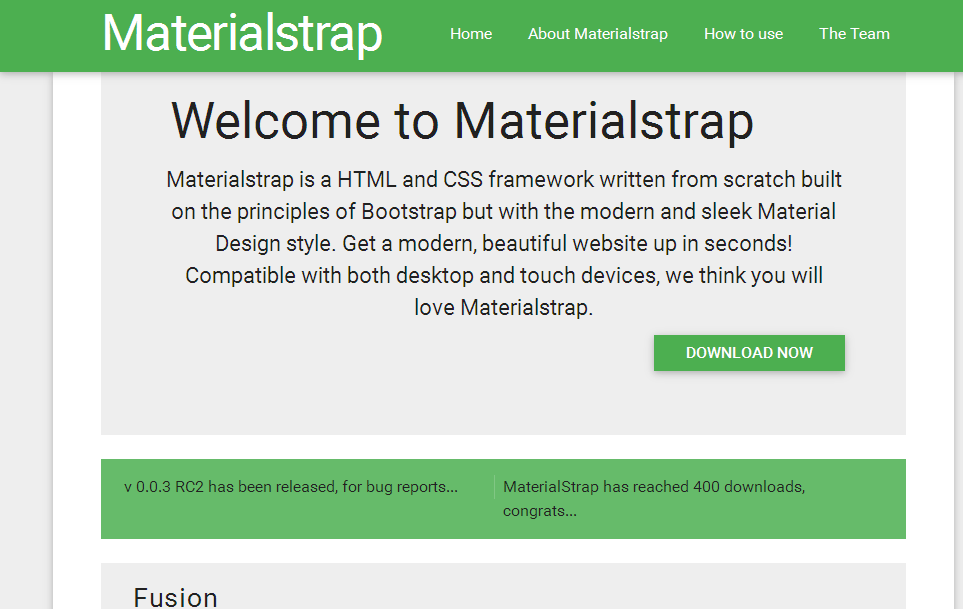In 2014, Google released a new visual design language for building rich and modern user interfaces. Named as Material Design, the language is based on the concept of paper and ink. It makes use of seams and shadows for enhancing intuitive user interaction.
Material Design’s expertise lies in its effective use of responsive animations, transition effects and depth effects, such as light and shadows. Google intends to provide a seamless and uniform user experience across multiple devices using Android platform. There are a plethora of Google’s web and mobile applications which have incorporated the new Material Design features in to their user interfaces. Popular among them are Gmail, YouTube, Google Drive and more. Google has even released several third-party application programming interfaces (APIs) for implementing the new Material Design language in to various applications.
There are already a range of themes for Bootstrap to bring the Material Design features for apps which are built using Bootstrap framework. Moreover, there are also several Material Design templates for WordPress-powered blogs or websites. Hence, it is quite obvious that Google’s Material Design language will be heavily used for front-end development in years to come. Developers are also keen on learning the various features of Material Design and incorporating them in to their projects. So, here I am bringing you a list of Top 13 Google Material Design frameworks for faster and more effective user interface development.
1) Material UI
Material UI framework relies on using React to execute Google’s Material Design features. React is a powerful and open-source JavaScript library for creating rich user interfaces. Material UI uses a variety of React components, including app bar, avatars, icons, buttons, sliders, menus, text fields, time picker and more.
2) Materialize
Designed by Google itself, Materialize is a responsive framework based on Material Design guidelines. The framework offers a set of CSS components, such as color, grid, shadow, table, typography and more. It also makes use of JavaScript components, including collapsible, parallax, dropdown, dialogs, transition and tabs.
3) MUI
MUI is a front-end framework based on HTML, CSS and JavaScript components. It offers cross-platform support for HTML Email, React and web components. The framework offers a variety of CSS and JavaScript features, including boilerplate HTML, layout, panels, typography, dropdowns, CSS templates, tables and more. MUI has a small payload size and also supports iOS and Android development.
4) Polymer
Polymer is an effective Material Design framework that offers features like templating, two-way data-binding and property observation. The framework supports modern browsers by using the latest application programming interfaces (APIs) for web platform.The Polymer library offers a set of reusable web components that allows creating custom elements.
Also Read: 15 Useful UI and UX Tools and Resources for Designers
5) Angular Material
Similar to Polymer, Angular Material is an implementation of Material Design specifications in Angular JS. The framework offers a set of reusable UI components, such as typography, buttons, layouts and themes. It also features directives for side navigation, checkbox, divider, grid list, tab, toolbar and more.
6) LumX
LumX is a front-end responsive framework based Google Material Design guidelines while leveraging the power of Angular JS for developing single-page web applications. The framework is built with Sass, Bourbon and Neat as well as allows optimization of Sass and JavaScript files with Gulp. All this makes LumX an ideal framework for customizing an application design and improving app performance.
7) Ionic
Ionic Material is a robust Material Design framework built on top of Ionic, a modern HTML5 hybrid mobile app development framework. Ionic Material contains a set of pre-built layouts for Activity Feed, Categories, Gallery, Login, Profile and more.
Also Check: Top 10 Tools for Examining the UX of Your Website Design
8) Leaf
Leaf is a modern, CSS framework based on Google Material Design principles. The framework offers a variety of CSS components, including buttons, dropdowns, images, slider, tiles, icons, grid, colors and more.
9) Material Design Lite
Material Design Lite is a powerful framework that lets you incorporate Material Design principles and features for websites. It offers a set of components built using CSS, JavaScript and HTML to design web pages and web apps. Its library consists of various components, such as buttons, check boxes, text fields, cards, column layouts, sliders, tabs, typography and more.
10) Framaterial
Framaterial is an open-source framework that allows you to develop single-page applications and websites using Material Design features. The framework offers a range of components, such as typography, grid, list, inline lists, buttons, forms, date picker and more. It also features some robust JavaScript functions, including ripples, sidebar, toasts, snack bar, paragraph, animations and more.
Also Read: 5 Tips for Designers Who Want to Earn More Money
11) Essence
Essence is an open-source Material Design framework based on React and LESS for native and web application development. You can style various custom elements, such as colors, icons and typography. Additionally, Essence offers a collection of components, such as buttons, App bar, date picker, dialogs, grids, lists and more.
12) Material Foundation
Material Foundation is a Material Design version of Foundation framework. Foundation is a popular front-end development framework. Material Foundation incorporates the Material Design features for creating beautiful user interfaces. It offers Material Design features, including icons, typography, buttons, tabs, menus, text fields and more.
Also See:Essential Designing Tools Which Every Graphic Designer Must Know
13) Materialstrap
Materialstrap is a modern HTML and CSS framework built on the principles of Bootstrap and Material Design guidelines. The framework helps you develop websites and applications for desktops, tablets and mobile devices.
Conclusion:
Google’s Material Design features have revolutionized the front-end development process. The usage of web components in user interface development improves visual experience of users. Moreover, these visual elements also enhance the quality of human-machine interaction. Material Design will bring new improvements in the field of UI designing.
Google is ensuring that its newest UI designing language becomes more popular. The company is promoting Material Design on a global scale to increase its popularity amongst developers and companies. We will have some better versions of this visual design language in future which will provide improved performance and features. Its scope will also extend with the support for other technologies.
You can share your thoughts about the post or any more information about Material Design frameworks by writing your comments in the comments section below. Thank You.
